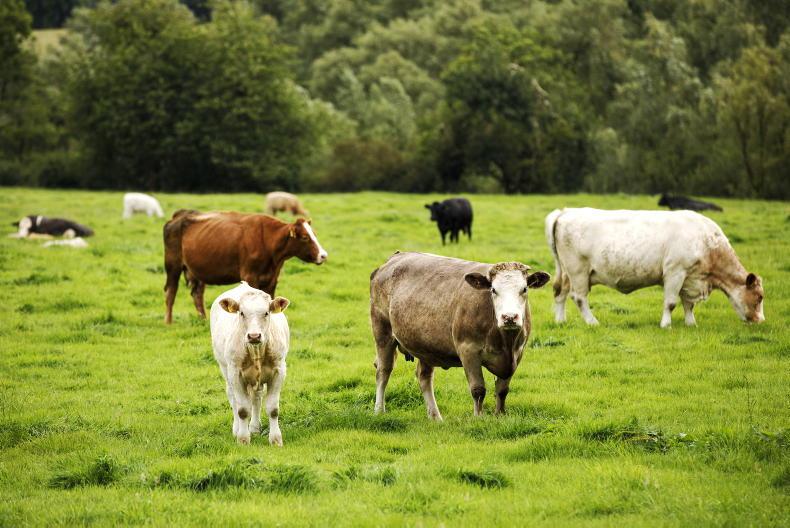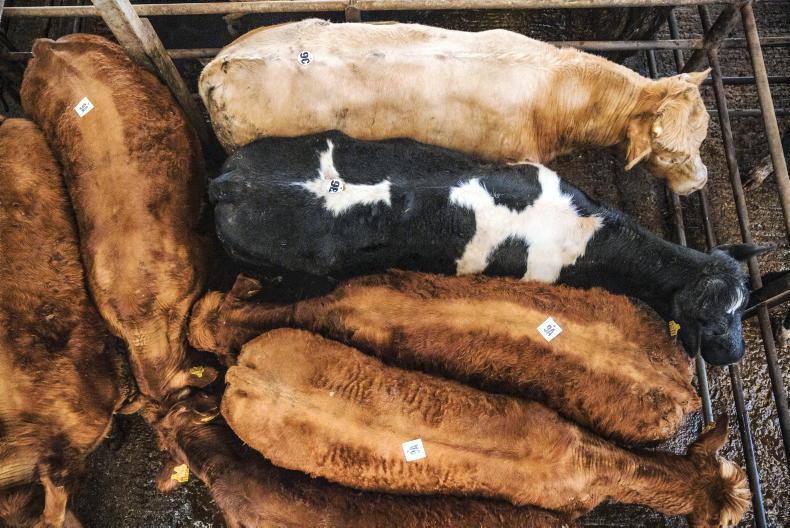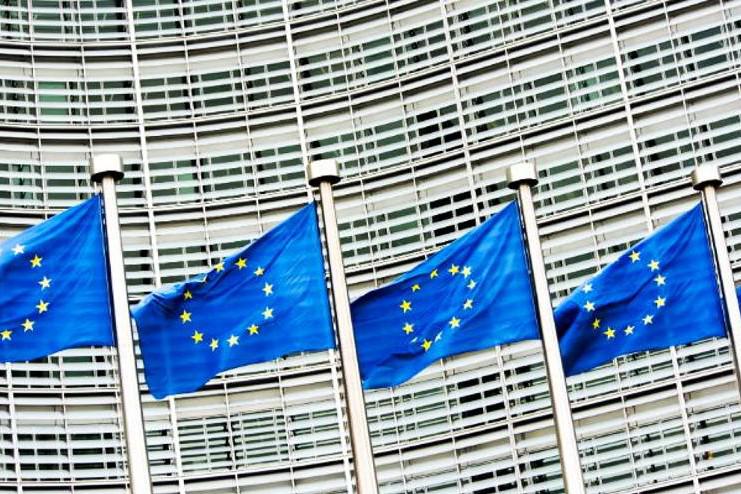While the Department of Agriculture has published significant modelling of the next CAP, it hasn’t shared any scenarios that include a coupled payment. But there is a facility to create one, and many would like to see a targeted coupled payment for suckler cows.
Are there any coupled payments at present?
The answer is there are almost none. The facility existed under the Ciolos reforms to have up to 13% of the direct payments pot directed toward coupled payments. In Ireland, we chose not to exercise that option. A separate coupled protein payment fund is allowed, up to 2% of the Pillar I pot. We decided to exercise that option, but the current protein payment fund only accounts for €3m, about 0.25% of the fund.
Suckler payment
In order to create a 10% fund for a coupled suckler scheme, €118m would have to be deducted from the current Pillar I pot of €1,186m. What has to be remembered is this would be happening on top of convergence, eco schemes and CRISS (front-loading). The cumulative effect would be a 44% cut on everybody’s Basic Income Support for Sustainability (BISS), the new basic payment, in 2023. That would leave someone currently with entitlements worth €300/ha now holding entitlements worth €168.
Overall effect
It’s actually not that difficult to examine exactly how a coupled payment will affect the bottom line for a person’s overall payment in 2023. We can ignore CRISS and eco schemes, as they will be unaffected. We simply add the coupled payment, and take away the 10% cut to the BISS and add in the coupled payment.
The indications are that there will be about 900,000 suckler cows in the country in 2023. Let’s assume that all of a 10% new coupled fund is allocated toward a suckler cow payment. The scheme would probably be designed in a way to ensure all cows qualify. That means a coupled payment of €131/cow.
If a farmer has 35 sucklers, they would receive €4,585. That’s a gain of €2,660 in 2023.
A very highly stocked 35ha farm, with 50 sucklers, would gain €6,550 in a coupled payment, a net gain of €4,625.
A suckler herd of 20 cows on 25ha, would gain €2,620. If they currently had payments of €300/ha, they would lose €750 to the coupled fund, a net gain of €1,870.
So we can see that a coupled payment would be real money for suckler farmers. But it wouldn’t be free money.
Who loses and how does this affect everyone else?
The worst affected will be high payment recipients without sucklers. They would experience a further loss of 10% of their current payment. If we take a farmer with 50 entitlements worth €400 each at present, they will lose €2,000 of their payment directly to this coupling fund. Unless they have sucklers, they won’t see any of that money back.
A finisher with 35ha but with high payments worth €550 at present, will lose almost as much, with €1,925 of their current payment lost. This cut would be on top of those from CRISS, convergence, the Young Farmer Scheme fund and the National Reserve. Cattle finishers, dairy and tillage farmers would all lose out.
Will it happen?
The suckler sector is undoubtedly under pressure, with income statistics showing “cattle breeding” as very vulnerable economically.
Sheep farmers are no better off – would they not fight for a coupled payment? That would dilute the gains for suckler farmers. And how would tillage and dairy farmers react? They could point to the BGDP, BEEP and proposed new suckler schemes as being enough support from CAP for the suckler herd.










SHARING OPTIONS